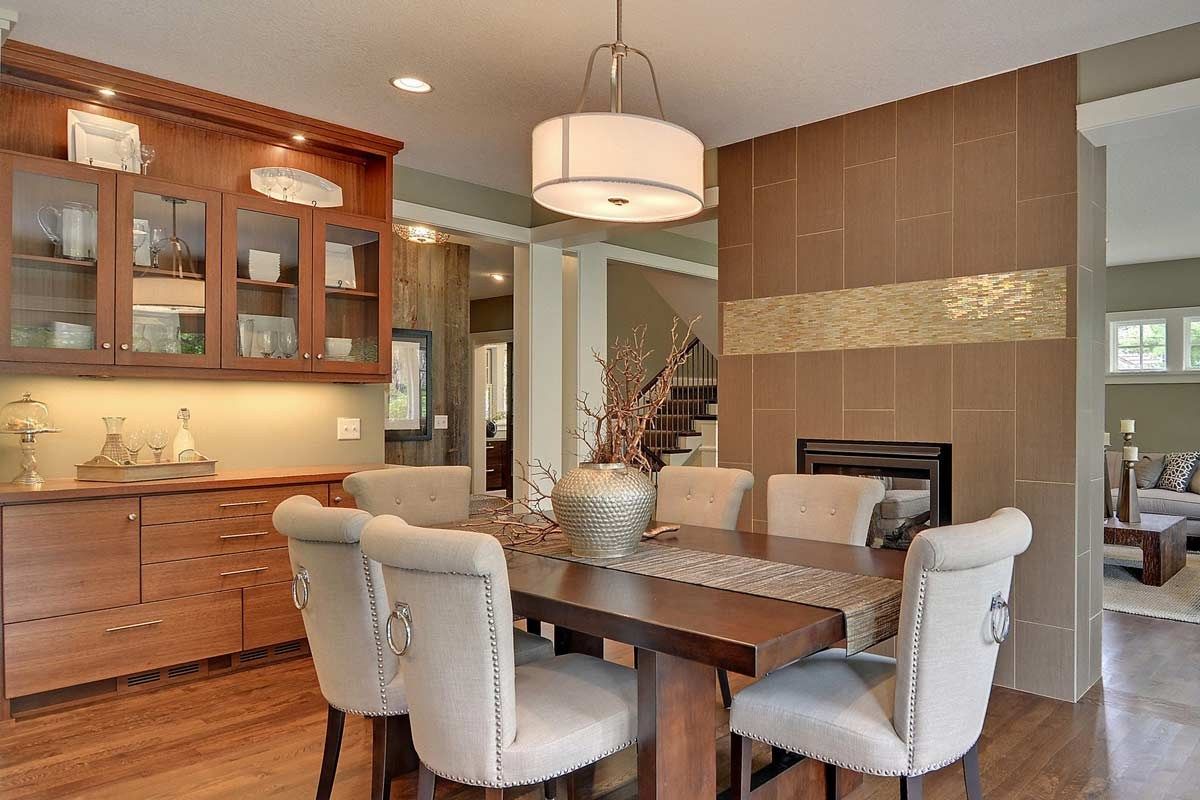

Tableware
What Is A Dining Room Cabinet Called?
Modified: December 7, 2023
Discover the name for a dining room cabinet commonly used to store and display beautiful tableware. Explore our guide to find the perfect dining room cabinet for your home.
(Many of the links in this article redirect to a specific reviewed product. Your purchase of these products through affiliate links helps to generate commission for Storables.com, at no extra cost. Learn more)
Introduction
Welcome to the world of dining room cabinets! These versatile pieces of furniture not only add aesthetic appeal to your dining area but also provide valuable storage space for your tableware, serving dishes, and other dining essentials. A dining room cabinet is an essential component of any well-designed dining room, offering a blend of functionality and style.
In this article, we will explore the world of dining room cabinets, their different names, common types, materials used, factors to consider when choosing a cabinet, and tips for styling and organizing them. Whether you’re a tableware enthusiast, a hosting connoisseur, or simply looking to revamp your dining room, understanding the various aspects of dining room cabinets will help you make informed decisions and create a space that reflects your unique style.
So, let’s dive in and discover what makes a dining room cabinet such a sought-after piece of furniture for any dining space.
Key Takeaways:
- Dining room cabinets, also known as china cabinets, buffets, hutches, and sideboards, offer a blend of functionality and style, providing valuable storage space and adding elegance to your dining area.
- When choosing a dining room cabinet, consider factors such as size, storage requirements, design, quality, and budget. Styling and organizing tips help create an aesthetically pleasing display while maintaining functionality.
Read more: What Is A Dining Room Cabinet Called
Definition of a Dining Room Cabinet
A dining room cabinet is a piece of furniture specifically designed to store and display tableware, dinnerware, glassware, and other dining essentials. It is typically placed in the dining area or adjacent to it, providing convenient access to items needed for mealtime and entertaining guests.
Dining room cabinets come in various shapes, sizes, and styles, offering different storage options such as open shelves, closed cabinets, drawers, and glass-front display areas. They are often made from solid wood, engineered wood, or a combination of materials, and can feature intricate designs and details that complement the overall decor of the dining room.
The primary purpose of a dining room cabinet is to provide storage solutions for tableware and dining-related items. By keeping these items organized and easily accessible, a dining room cabinet ensures efficiency during meal preparation and serving. Additionally, it helps to protect delicate items from dust, damage, and breakage.
Moreover, a dining room cabinet serves as a decorative element, enhancing the aesthetic appeal of the dining space. With its carefully arranged display of dinnerware, glassware, and decorative pieces, it becomes a focal point that adds elegance and charm to the room.
Overall, a dining room cabinet offers a combination of functionality, organization, and style to create a well-appointed dining area where you can proudly showcase your tableware collection and entertain guests with ease.
Different Names for a Dining Room Cabinet
While the term “dining room cabinet” is commonly used to refer to this type of furniture, there are also various other names that are used interchangeably to describe the same piece. Let’s explore some of the different names for a dining room cabinet:
- China Cabinet: This name is commonly used to refer to a dining room cabinet that specifically features glass-front display areas to showcase fine china and collectibles. China cabinets are often characterized by their elegant design and ornate details.
- Buffet: The term “buffet” is used to describe a dining room cabinet that is primarily used for serving meals and storing dining essentials. Buffets typically have a flat top surface for placing food and drinks during gatherings. They may also include drawers and shelves for storage.
- Hutch: A hutch is a dining room cabinet that is typically placed on top of a buffet or sideboard. It consists of upper cabinets or shelves for displaying china or decorative items, while the lower part offers additional storage space. Hutches are often used to add height and visual interest to dining room furniture arrangements.
- Sideboard: A sideboard is a long, low cabinet that is designed to sit against a wall in the dining room. It provides ample storage space with drawers and cabinets, making it suitable for storing table linens, extra dishes, and other dining-related items. Sideboards can also be used as a serving surface during meals.
- Credenza: Similar to a sideboard, a credenza is a low cabinet that is used for storing and serving food in the dining room. It often features a combination of drawers, cabinets, and open shelves. Credenzas can also serve as a functional and stylish piece in other areas of the home, such as a living room or home office.
These are just a few examples of the different names used to describe a dining room cabinet. The specific name used may vary depending on regional preferences and individual design characteristics. Ultimately, no matter what you call it, a dining room cabinet serves the purpose of providing storage and style to enhance your dining experience.
Common Types of Dining Room Cabinets
Dining room cabinets come in a variety of styles and configurations, each catering to different storage needs and design preferences. Here are some of the common types of dining room cabinets you may come across:
- Standard Cabinets: These are the most basic and versatile type of dining room cabinets. They typically feature a combination of closed cabinets and drawers for storing tableware, linens, and other dining essentials. Standard cabinets come in various sizes and can be customized with different finishes and hardware options.
- Glass-Front Cabinets: Glass-front cabinets are designed to showcase and protect your cherished china, glassware, and decorative pieces. These cabinets often have a glass door or panels that allow you to display your collection while keeping it safe from dust and damage. Glass-front cabinets add an elegant touch to the dining room and create a visually appealing focal point.
- Display Cabinets: Similar to glass-front cabinets, display cabinets are specifically designed to showcase valuable collectibles and decorative items. These cabinets often feature glass shelves, interior lighting, and sometimes mirrored back panels to enhance the visibility and aesthetics of the displayed items. Display cabinets can be standalone units or incorporated into larger dining room furniture sets.
- Built-In Cabinets: As the name suggests, built-in cabinets are custom-designed and built into the walls or alcoves of the dining room. These cabinets provide a seamless and integrated look, maximizing storage space without taking up valuable floor space. With built-in cabinets, you have the flexibility to design the layout, shelves, and compartments according to your specific requirements.
- Sideboards and Buffets: Sideboards and buffets are wide, low cabinets that are often used in conjunction with a dining table. These cabinets usually have a flat top surface for placing food and drinks during gatherings. They offer a combination of closed cabinets and drawers for storage, providing easy access to dining essentials and serving dishes while also serving as a decorative piece.
- Corner Cabinets: Corner cabinets are designed to make use of unused corner space in the dining room. These cabinets have a triangular or L-shaped design, fitting snugly into the corner. Corner cabinets are ideal for maximizing storage space in smaller dining areas, and they often feature a combination of open shelves and closed cabinets.
These are just a few of the common types of dining room cabinets available. Each type offers its own unique advantages and can be customized to suit your personal style and storage needs. When choosing a dining room cabinet, consider the size of your dining area, the amount of storage you require, and the aesthetic appeal you want to achieve. With the right cabinet, you can create a functional and visually pleasing space that enhances your dining experience.
A dining room cabinet is commonly referred to as a “china cabinet” or a “buffet and hutch.” These pieces of furniture are designed to store and display dining ware, such as dishes, glassware, and silverware.
Materials Used in Dining Room Cabinets
Dining room cabinets are made from a variety of materials, each with its own unique characteristics and benefits. The choice of material not only impacts the overall aesthetics of the cabinet but also its durability and maintenance requirements. Here are some common materials used in the construction of dining room cabinets:
- Solid Wood: Solid wood, such as oak, cherry, maple, or walnut, is a popular choice for dining room cabinets. It offers a timeless and classic look, with natural variations in grain patterns that add warmth and character to the piece. Solid wood cabinets are sturdy and durable, with the potential to last for generations with proper care.
- Engineered Wood: Engineered wood, also known as composite wood or manufactured wood, is made from a combination of real wood fibers, veneers, and adhesives. It offers a more affordable alternative to solid wood while still providing a similar appearance. Engineered wood cabinets are often more resistant to warping and swelling caused by moisture, making them a practical choice for dining areas.
- Laminate: Laminate cabinets are constructed with a synthetic material bonded to a substrate, typically medium-density fiberboard (MDF) or particleboard. Laminate offers a wide range of design options, as it can mimic various wood grains, colors, and textures. It is also easy to clean and maintain, making it a practical choice for busy households.
- Glass: Glass is used in dining room cabinets to create elegant display areas or as decorative panels. It can be clear glass, frosted glass, or even stained glass for a more decorative touch. Glass cabinets add visual appeal to the dining room, allowing you to showcase your curated collection of china, glassware, and decorative items.
- Metal: Metal accents are often incorporated into dining room cabinets to add a modern and industrial touch. Steel, brass, or nickel hardware, such as handles and knobs, can provide a sleek and contemporary look. Some cabinets may feature metal framework or legs for added stability and style.
When choosing the material for your dining room cabinet, consider factors such as your personal style preference, budget, and the level of maintenance you are willing to undertake. It is also important to ensure that the selected material is durable and appropriate for the purpose. By selecting the right material, you can create a dining room cabinet that not only functions effectively but also enhances the overall aesthetic appeal of your dining area.
Read more: What Is A Dining Room Chair With Arms Called
Factors to Consider When Choosing a Dining Room Cabinet
Choosing the right dining room cabinet involves considering several factors to ensure that it meets your storage needs, complements your dining area, and fits within your budget. Here are some key factors to consider when selecting a dining room cabinet:
- Size and Space: Evaluate the available space in your dining area to determine the appropriate size of the cabinet. Consider the height, width, and depth of the cabinet, making sure it fits comfortably within the room without overwhelming the space. Measure the dimensions of the area where you plan to place the cabinet to ensure a proper fit.
- Storage Requirements: Assess your storage needs to determine the type and amount of storage space you require. Consider the items you plan to store in the cabinet, such as tableware, serving dishes, linens, and glassware. Look for cabinets with a combination of closed cabinets, open shelves, and drawers that provide adequate storage and organization options.
- Design and Style: Choose a cabinet design that complements the existing decor of your dining room. Consider the overall style of your dining space, whether it’s traditional, modern, rustic, or eclectic. Look for cabinet designs, finishes, and hardware that align with your desired aesthetic. It’s important to select a cabinet that enhances the visual appeal of the room and creates a cohesive look.
- Quality and Durability: Assess the quality of the cabinet construction and materials used. Opt for solid wood or high-quality engineered wood cabinets that are built to withstand regular use and provide long-term durability. Check for sturdy construction, smooth finishes, and reliable hardware. Investing in a well-made cabinet will ensure that it stands the test of time and retains its functionality and appearance for years to come.
- Budget: Determine your budget range before starting your search for a dining room cabinet. Set a realistic budget that takes into account your desired quality, appearance, and functionality. Research and compare prices from different retailers to find a cabinet that fits within your budget without compromising on your requirements.
- Additional Features: Consider any additional features or special requirements you may have. For example, if you want to showcase your fine china or collectibles, opt for cabinets with glass-front display areas and interior lighting. If you require a serving surface, look for cabinets with a flat top or built-in serving trays.
By carefully considering these factors, you can select a dining room cabinet that meets your specific needs and preferences. Remember to strike a balance between functionality, style, and budget to create a space that enhances your dining experience and reflects your personal taste.
Tips for Styling and Organizing a Dining Room Cabinet
A well-styled and organized dining room cabinet not only adds elegance to your dining area but also ensures easy access to your tableware and dining essentials. Here are some tips to help you style and organize your dining room cabinet:
- Declutter and Purge: Start by decluttering your tableware collection. Remove any items that are damaged, rarely used, or no longer serve a purpose. Purging unnecessary items will create more space and make it easier to organize your cabinet.
- Group Similar Items: Sort and group similar items together. This will make it easier to find what you need and create a visually appealing display. Group items such as plates, bowls, and glasses in separate stacks or rows for a streamlined look.
- Use Adjustable Shelves: If your dining room cabinet has adjustable shelves, take advantage of this feature to accommodate different sized items. Adjust the shelves according to the height of your plates, serving dishes, and glassware to maximize storage space.
- Display with Style: Create a visually appealing display by incorporating decorative pieces, such as vases, candle holders, or small artwork, alongside your tableware. This adds interest and personalization to your cabinet. Play with heights and textures to create a visually dynamic arrangement.
- Utilize Drawer Dividers and Organizers: Keep your drawers organized by using dividers or organizers. Store smaller items such as silverware, napkin rings, and serving utensils in designated compartments. This helps to prevent clutter and ensures easy access to your dining necessities.
- Consider Glass Fronts: If you have glass-front cabinets, use them to showcase your favorite pieces of china, glassware, or collectibles. Arrange them in an aesthetically pleasing manner, paying attention to colors and shapes. Consider using lighting inside the cabinet to accentuate the display.
- Label and Categorize: Label the shelves or drawers of your cabinet to help you easily find and return items to their proper place. Categorize your tableware, such as separating everyday dishes from formal or seasonal pieces. This will make it easier when setting the table or hosting guests.
- Rotate and Refresh: Periodically rotate and refresh the items displayed in your dining room cabinet. This not only prevents dust buildup but also allows you to showcase different pieces from your collection. It adds a sense of novelty and keeps your cabinet visually interesting.
- Maintain Regular Cleaning: Regularly clean your dining room cabinet to keep it looking its best. Dust the surfaces, wipe down glass doors, and vacuum or sweep inside the cabinets. Follow any specific cleaning instructions based on the materials used.
Remember that styling and organizing your dining room cabinet is a personal process. Experiment with different arrangements and find a system that works best for your needs and preferences. With thoughtful styling and organization, your dining room cabinet will not only serve its functional purpose but also become an attractive focal point in your dining area.
Conclusion
A dining room cabinet is an essential piece of furniture that not only provides valuable storage space but also adds style and elegance to your dining area. Whether you call it a dining room cabinet, china cabinet, buffet, hutch, sideboard, or credenza, this versatile piece serves to organize and display your tableware, serving dishes, and other dining essentials.
When choosing a dining room cabinet, consider factors such as size, storage requirements, design, quality, and budget. Select a cabinet that fits the available space, meets your storage needs, complements your dining room decor, and is built to last. Think about the materials used in the construction of the cabinet, such as solid wood, engineered wood, laminate, glass, or metal, and choose the one that suits your style preferences and maintenance requirements.
Styling and organizing your dining room cabinet is an opportunity to showcase your personal taste and create an inviting space. Declutter and group similar items together, utilize adjustable shelves, and consider incorporating decorative pieces to create an aesthetically pleasing display. Use dividers and organizers in drawers for easy access to smaller items, and take advantage of glass-front cabinets to showcase your cherished china and collectibles.
Remember to periodically refresh and rotate the items in your cabinet to keep it visually interesting. Regularly clean and maintain your dining room cabinet to ensure its longevity and to keep it looking its best.
By carefully considering these aspects and implementing effective styling and organizing tips, you can create a functional, stylish, and well-appointed dining room cabinet that enhances your dining experience and becomes a beautiful focal point in your home.
Now that you are equipped with knowledge about dining room cabinets, go ahead and make an informed decision to select the perfect one for your dining area. Enjoy the process of styling and organizing your cabinet to create a space that reflects your personal style and makes mealtime a delightful experience for you and your guests.
Frequently Asked Questions about What Is A Dining Room Cabinet Called?
Was this page helpful?
At Storables.com, we guarantee accurate and reliable information. Our content, validated by Expert Board Contributors, is crafted following stringent Editorial Policies. We're committed to providing you with well-researched, expert-backed insights for all your informational needs.

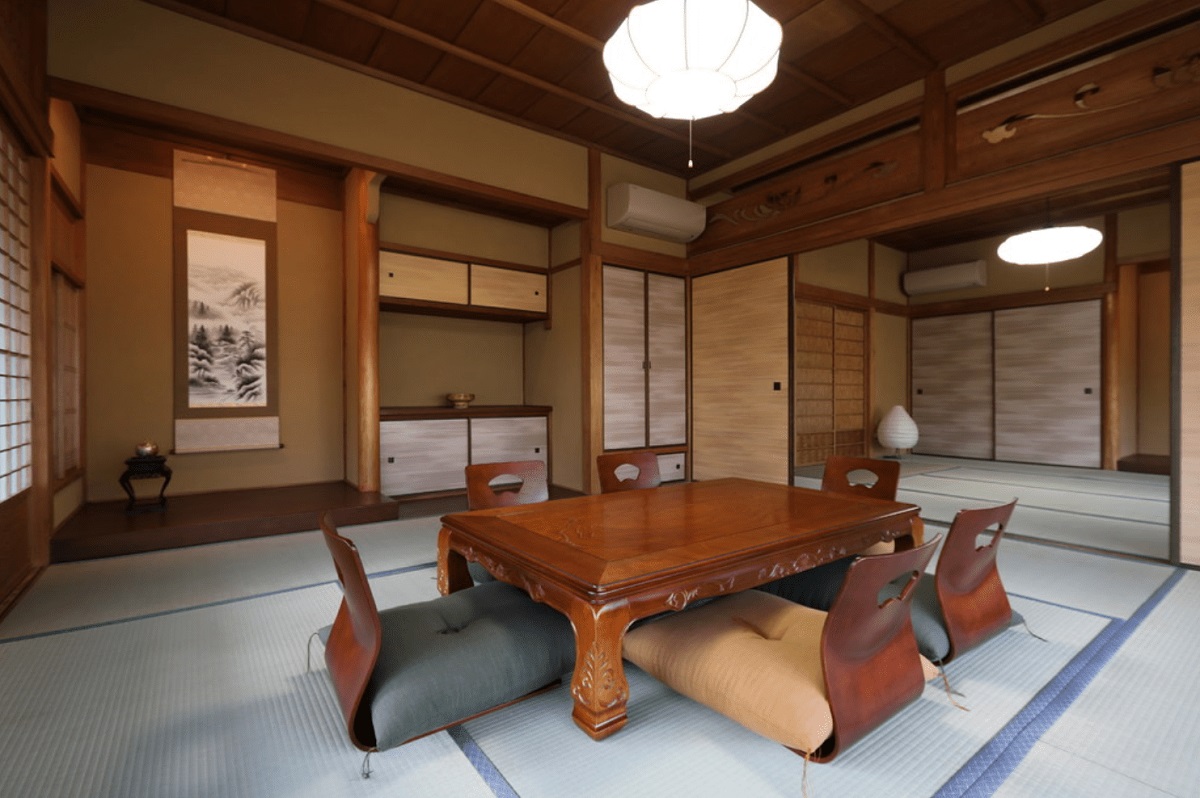
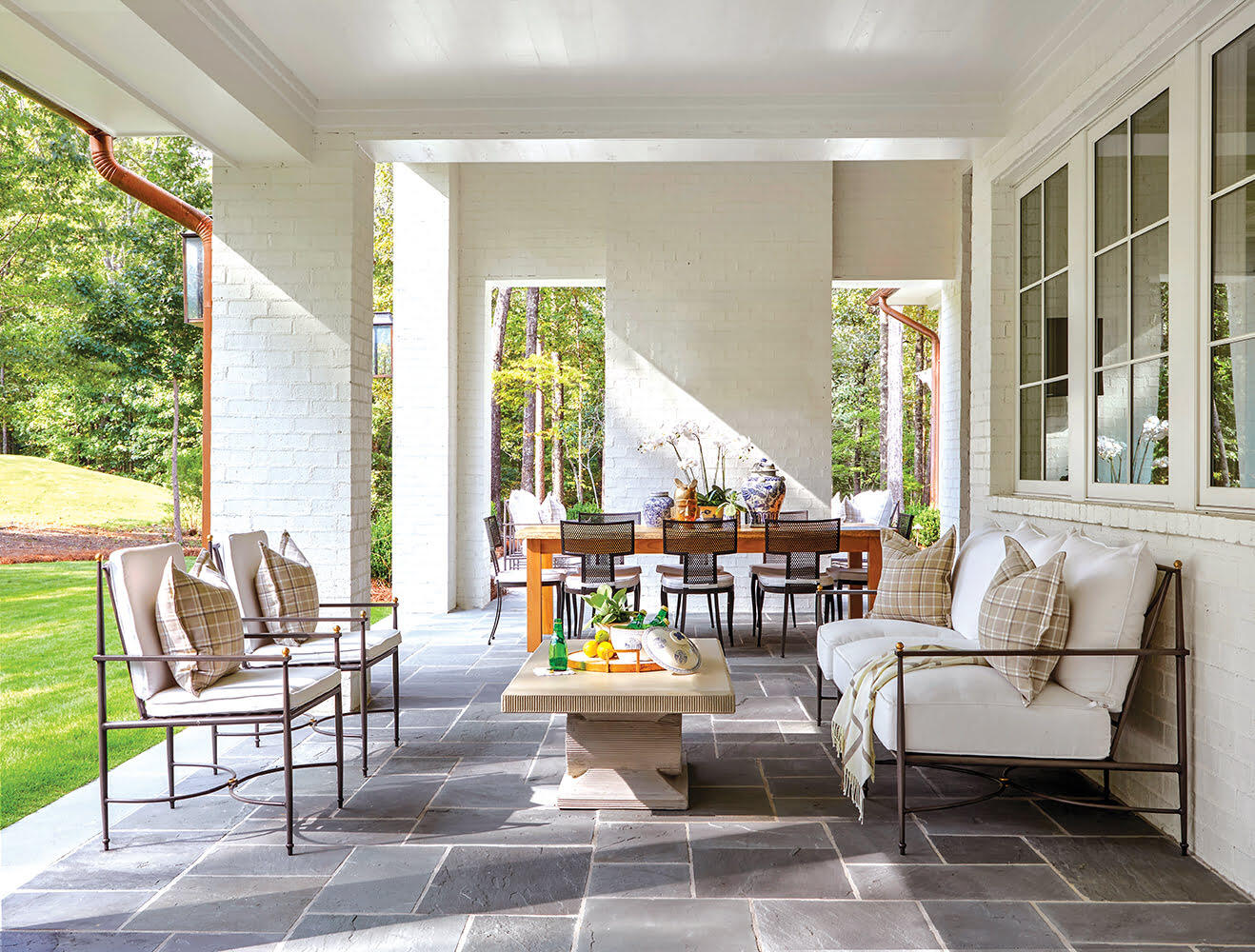
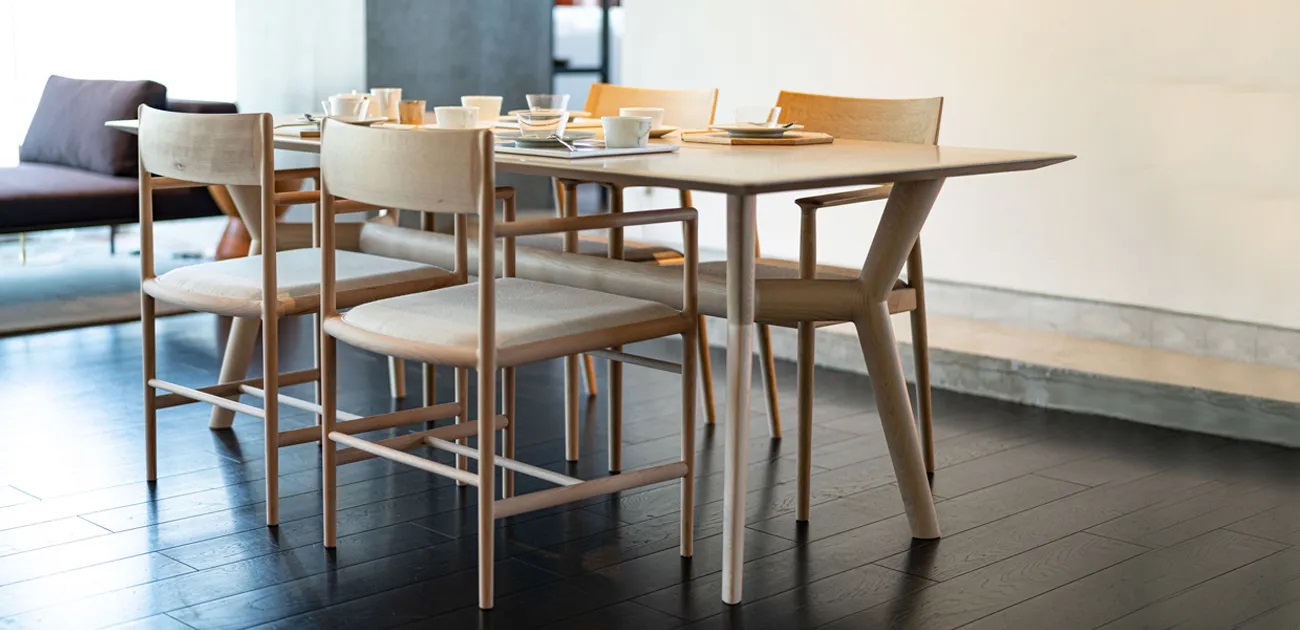
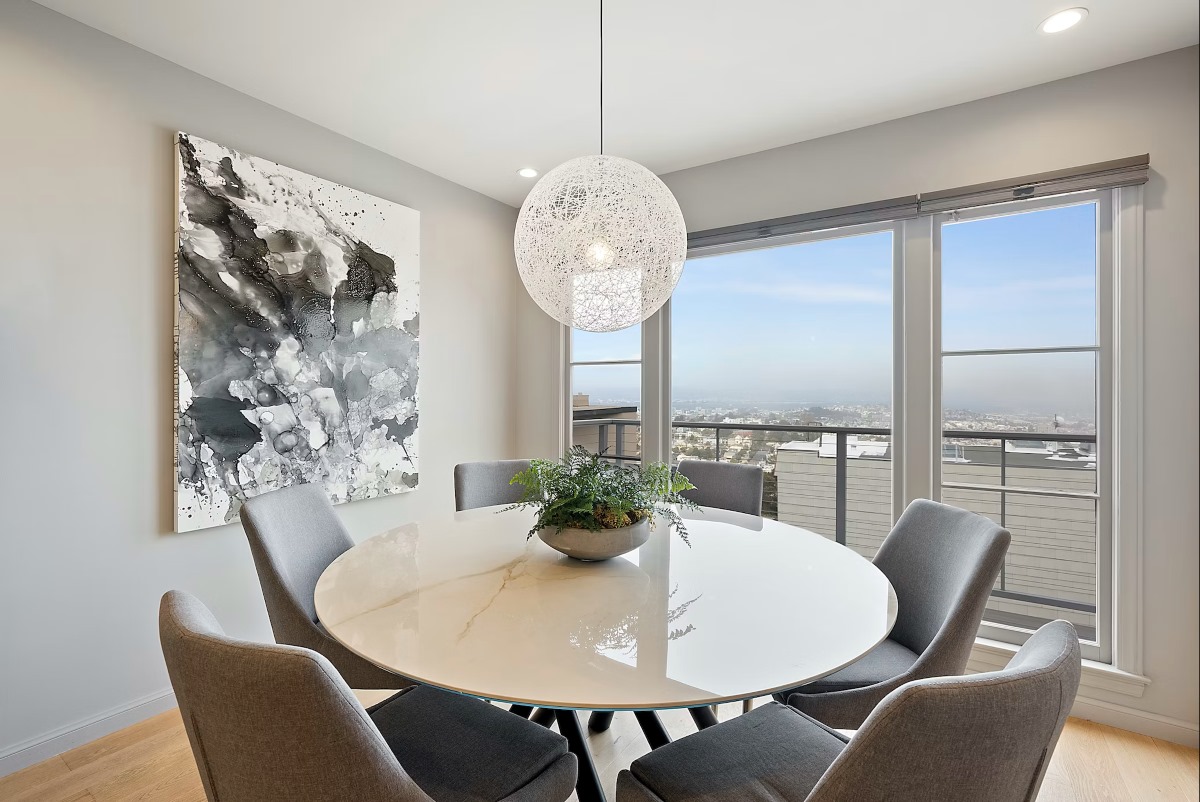
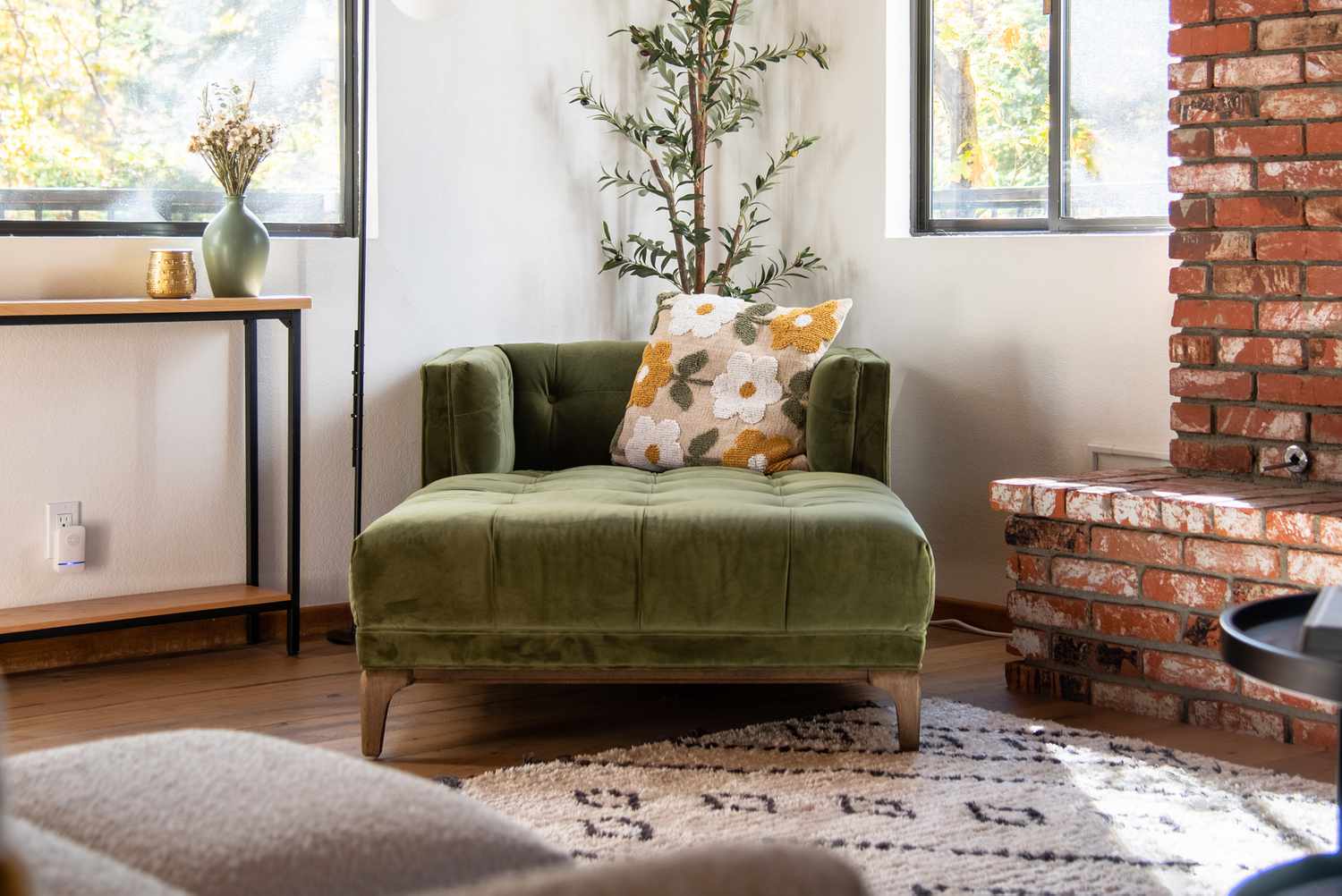

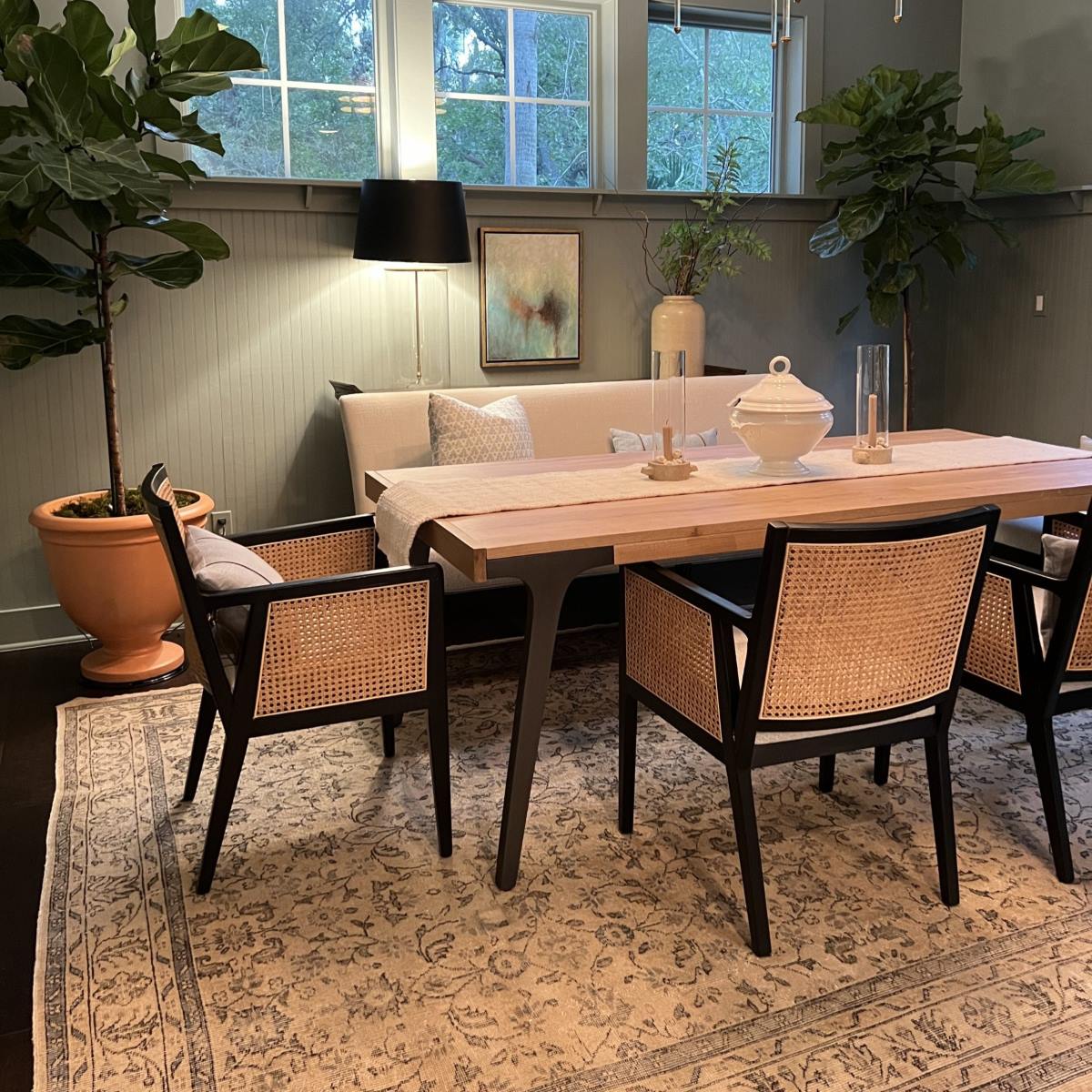
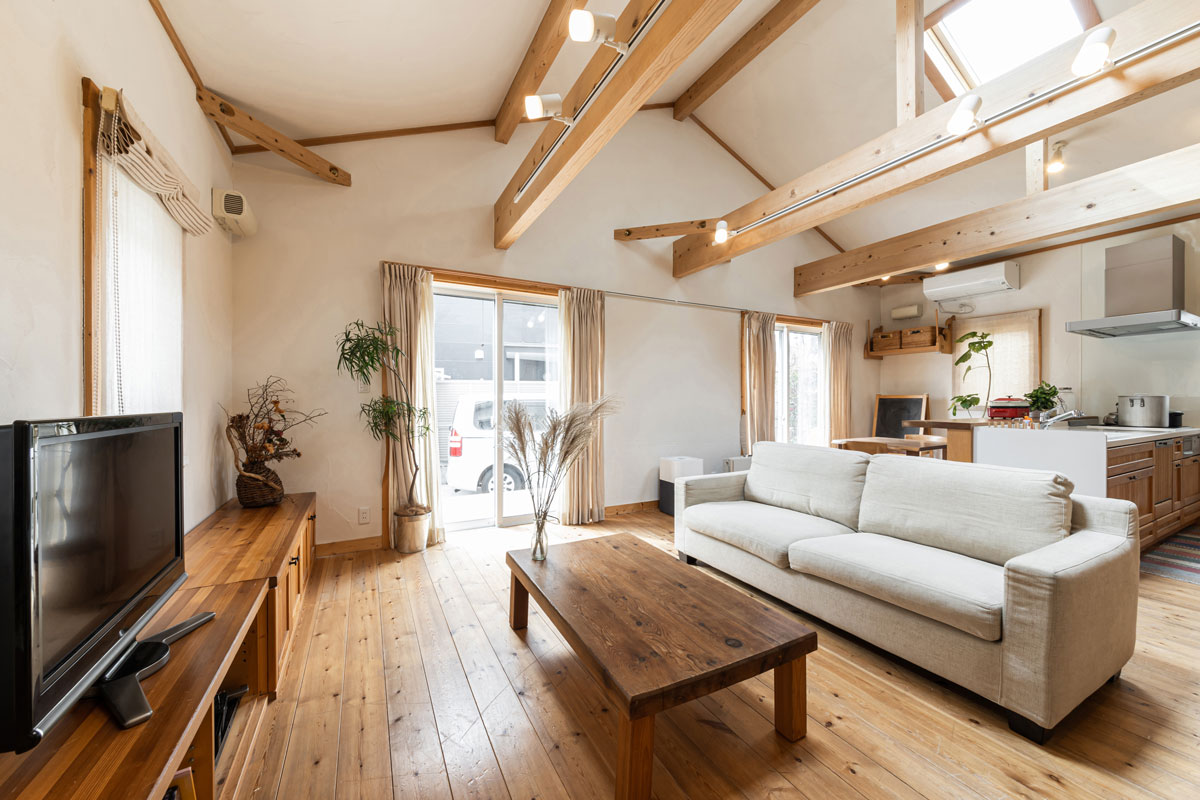
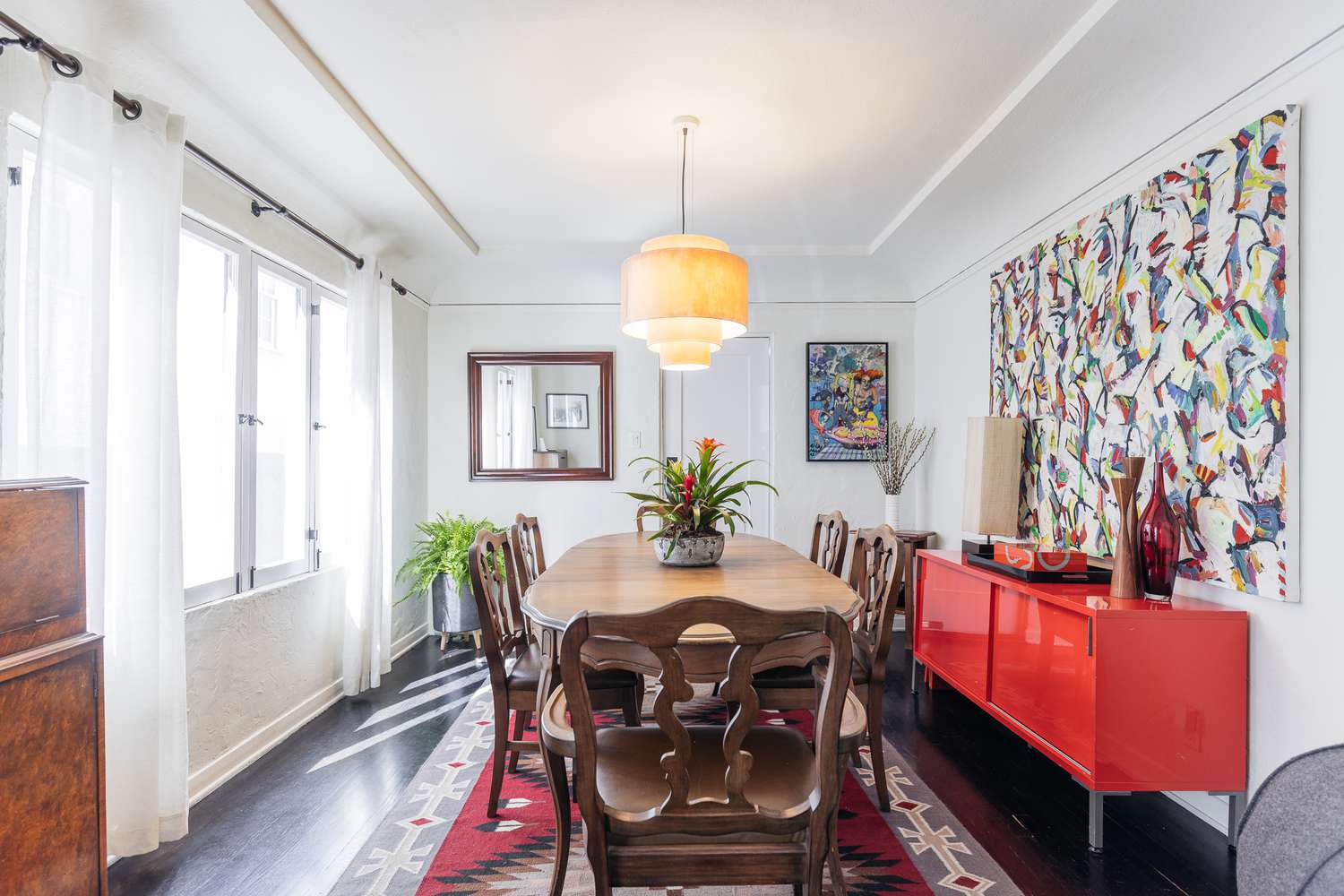
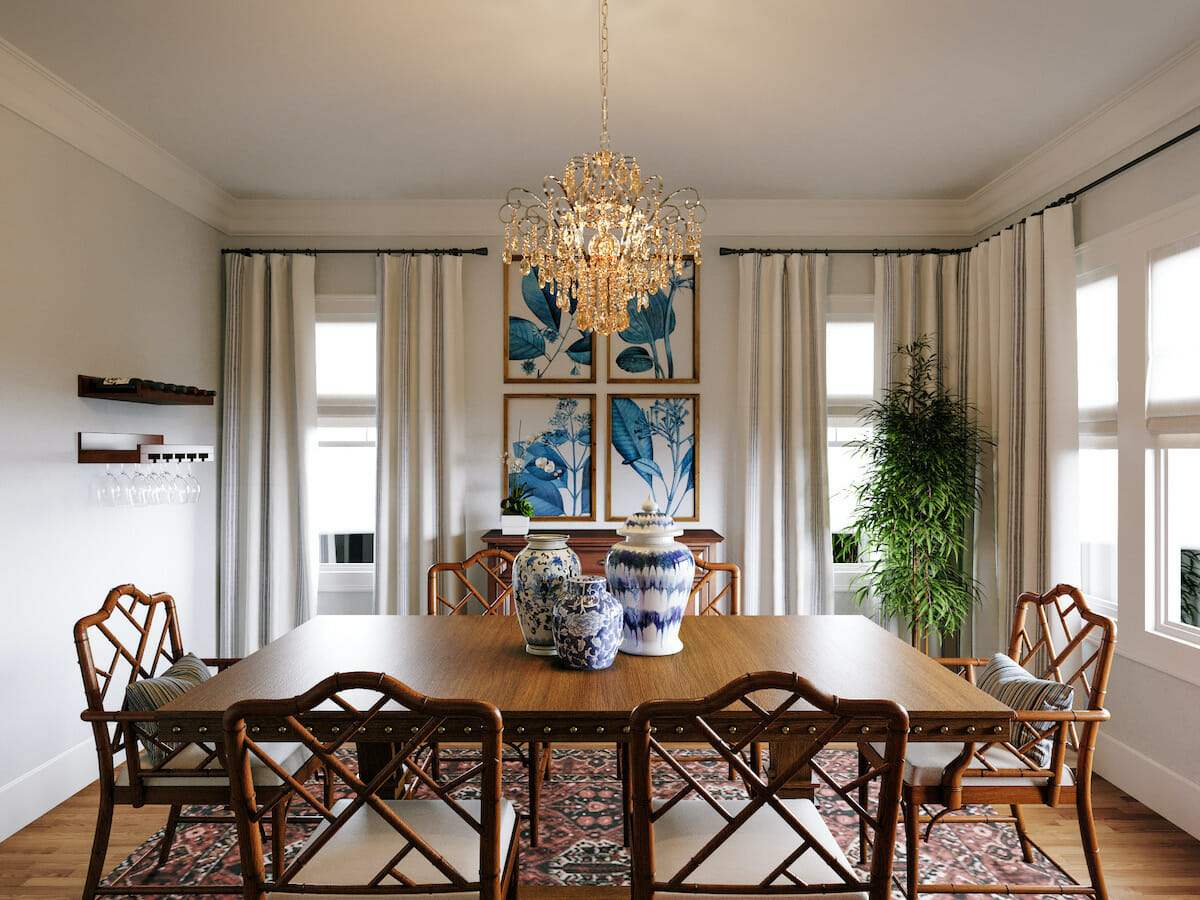
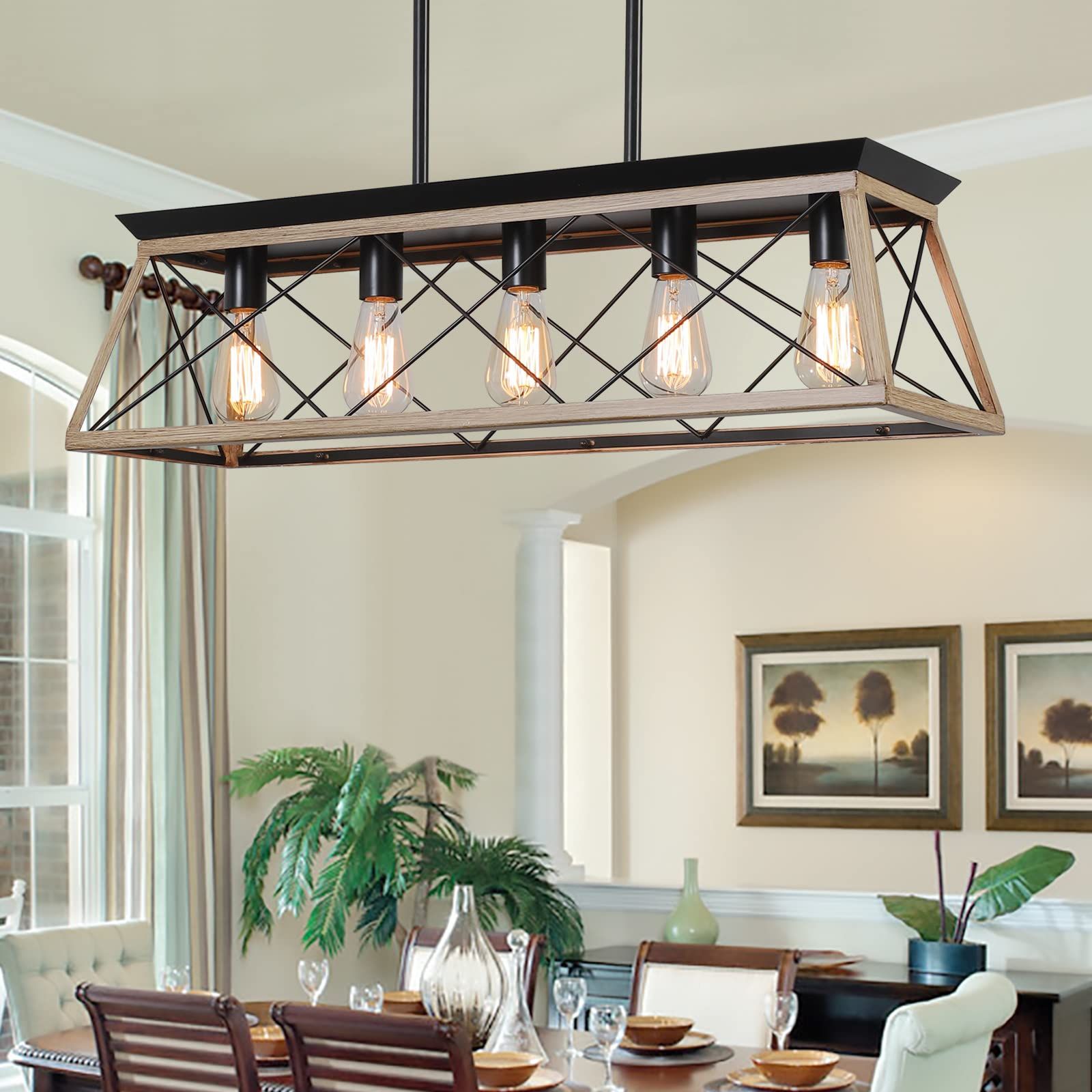
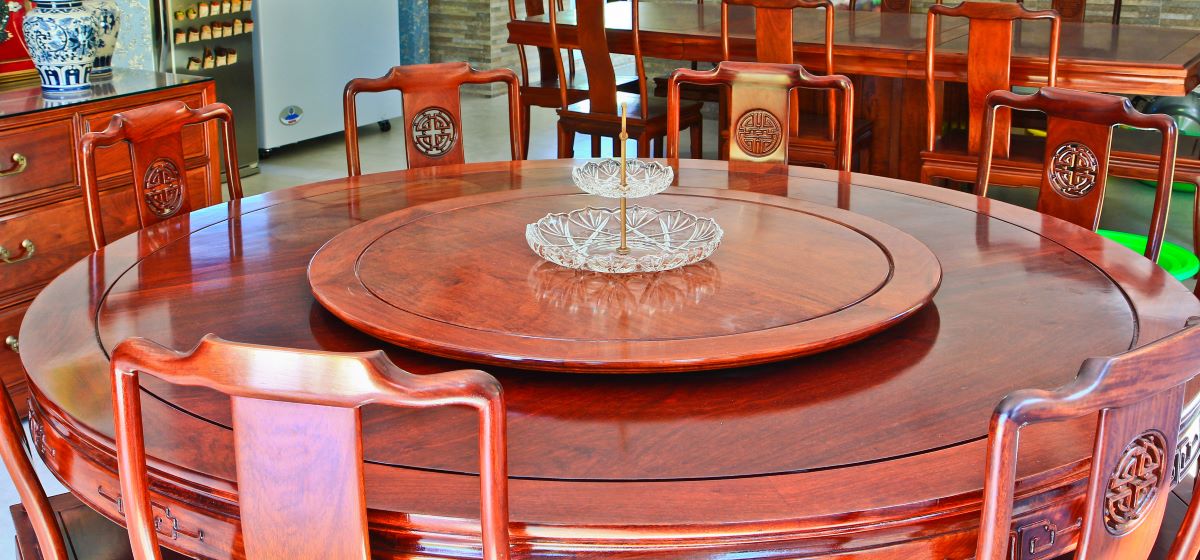
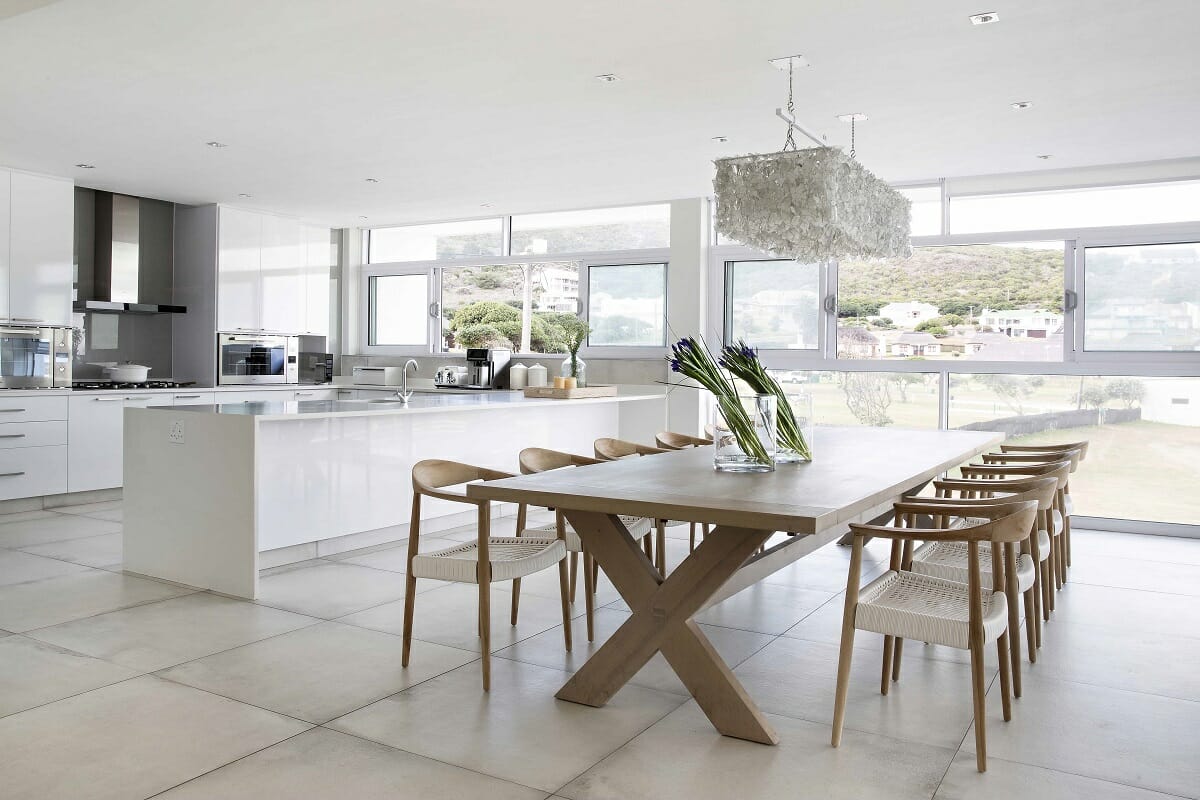

0 thoughts on “What Is A Dining Room Cabinet Called?”